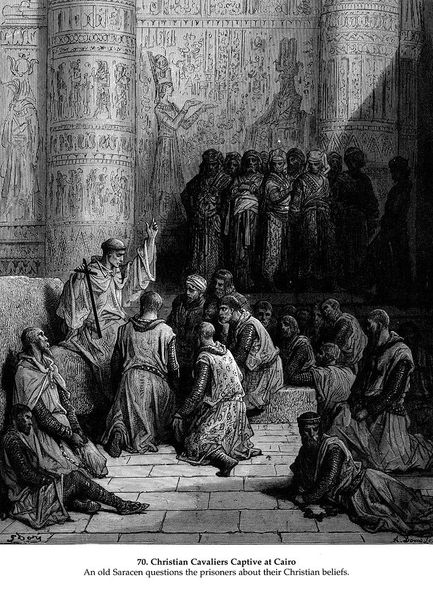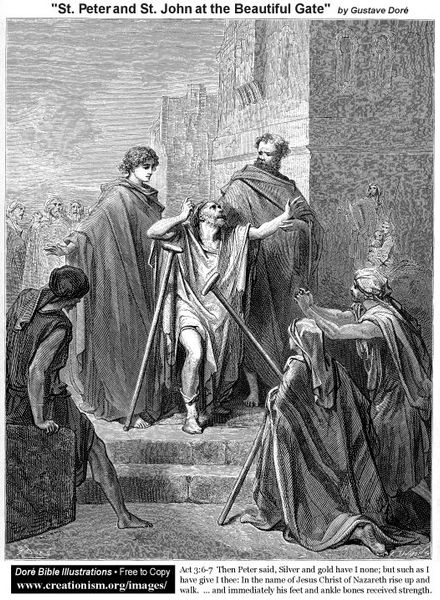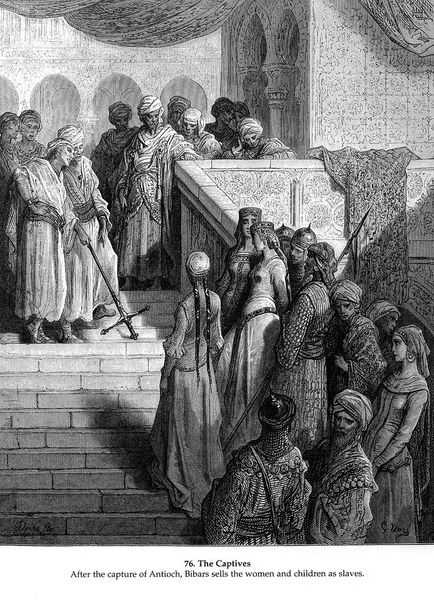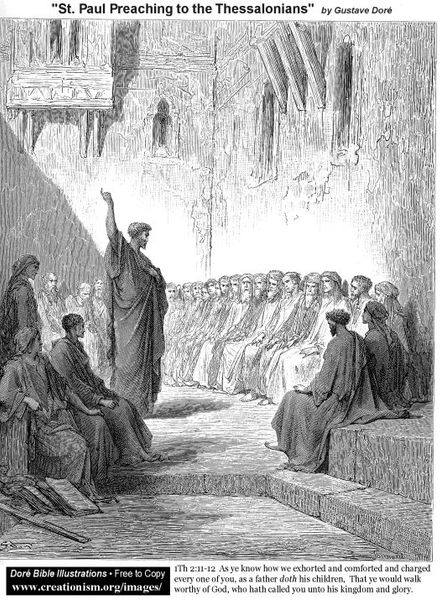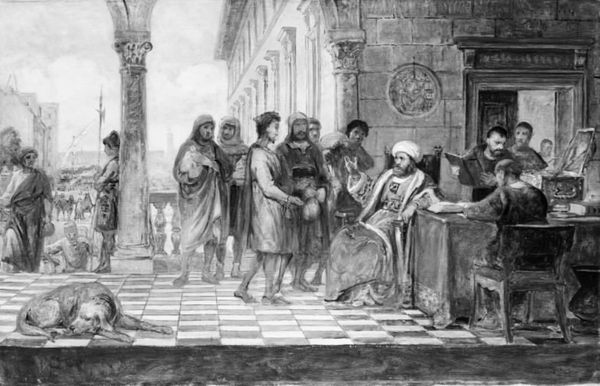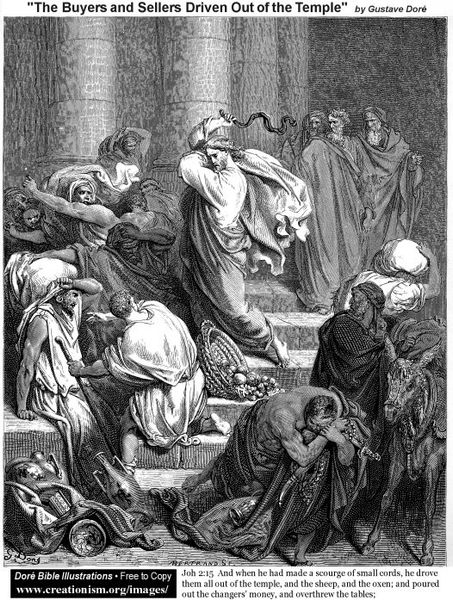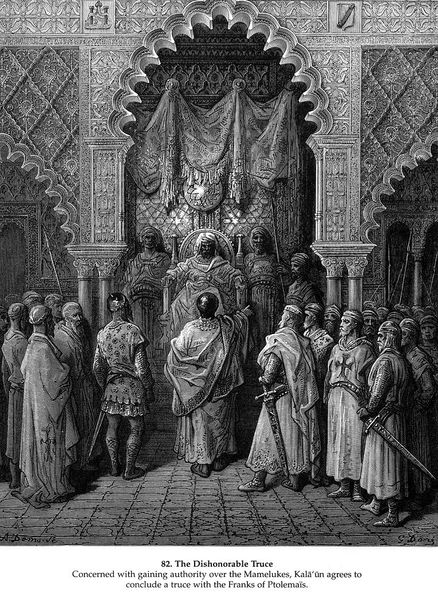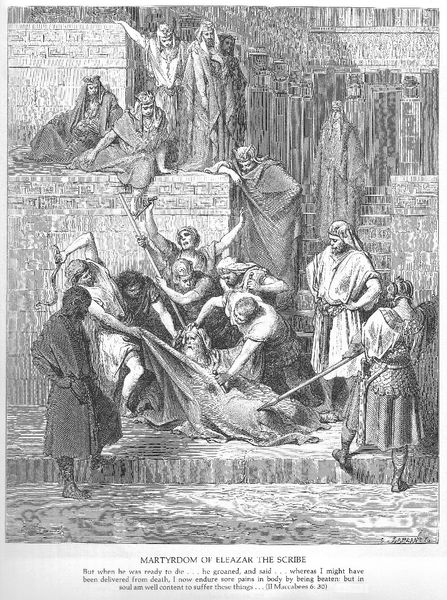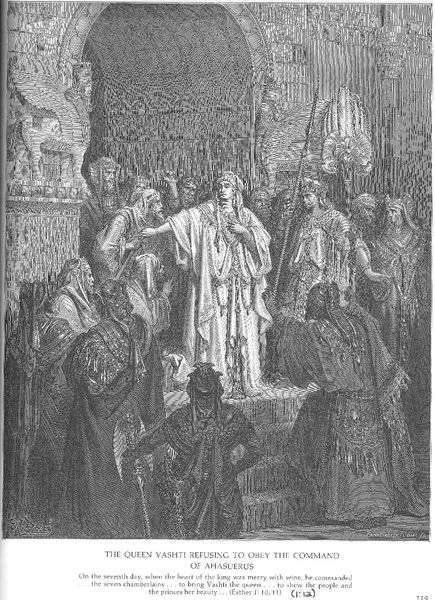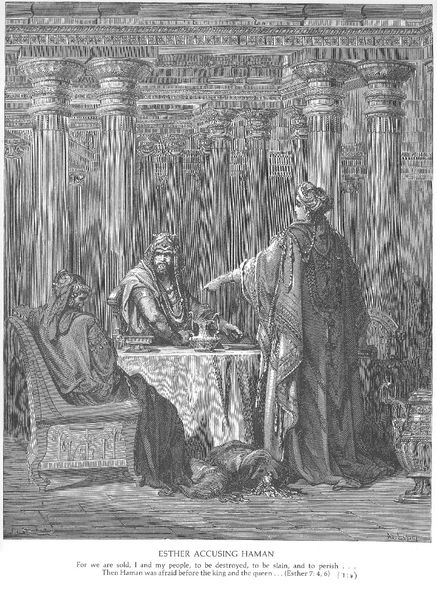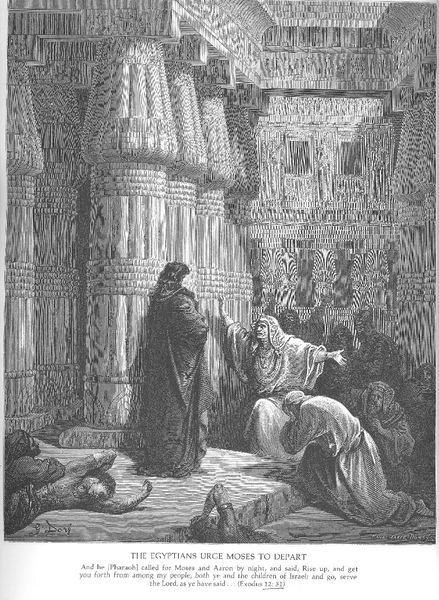
engraving
#
medieval
#
sculpture
#
war
#
holy-places
#
figuration
#
black and white
#
monochrome photography
#
line
#
history-painting
#
monochrome
#
engraving
#
statue
#
monochrome
Copyright: Public domain
Curator: Gustave Doré’s engraving, titled "The Baptism of Infidels", presents a scene of religious conversion. What's your initial impression? Editor: Stark. The high contrast and density of figures create a very theatrical mood. It feels almost operatic. Curator: Doré was a prolific illustrator. This piece, typical of his output, showcases his mastery of line and shadow. Consider the context: engravings like this were widely distributed, influencing perceptions of historical and religious events. The industrial processes making these images accessible shaped public understanding of such scenes. Editor: Absolutely. The composition, however, seems to follow a very structured design. The central baptismal font acts as a focal point, around which Doré arranges figures in receding planes. Notice how he directs the viewer’s eye with the strategic use of light? It is quite clever. Curator: But what does it say about the economics of faith? Think about the materials used—the paper, the ink, the metal plates. The image was reproduced en masse. How were these prints consumed? By whom? The ritual depicted is one of social and religious power being transferred, while the engraving itself participates in disseminating the values of that power. Editor: From a purely aesthetic perspective, observe the incredible detail Doré achieves. The textures of the fabrics, the individual expressions on the faces, even the intricate carvings on the font…it all contributes to a powerful sense of realism within this imagined historical setting. It elevates the act of engraving beyond mere illustration. Curator: Though we must recognize engraving as labor. Each line meticulously carved, each print carefully pressed. This labor underpinned the spread of certain ideological messages across societal strata. Consider what those messages reinforced and what alternative narratives may have been suppressed. Editor: Agreed. Analyzing its social and historical implications certainly adds another layer to this rich image, but I will remain amazed by Doré's rendering skills, and how effectively he uses light and shadow to create drama and depth. Curator: It reveals that the value of art, beyond its aesthetic appeal, rests firmly upon the conditions of its production, consumption and distribution. Editor: It is indeed compelling to observe art when form meets content, especially when both trigger so many avenues for interpretation and discussion.
Comments
No comments
Be the first to comment and join the conversation on the ultimate creative platform.
